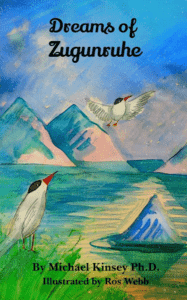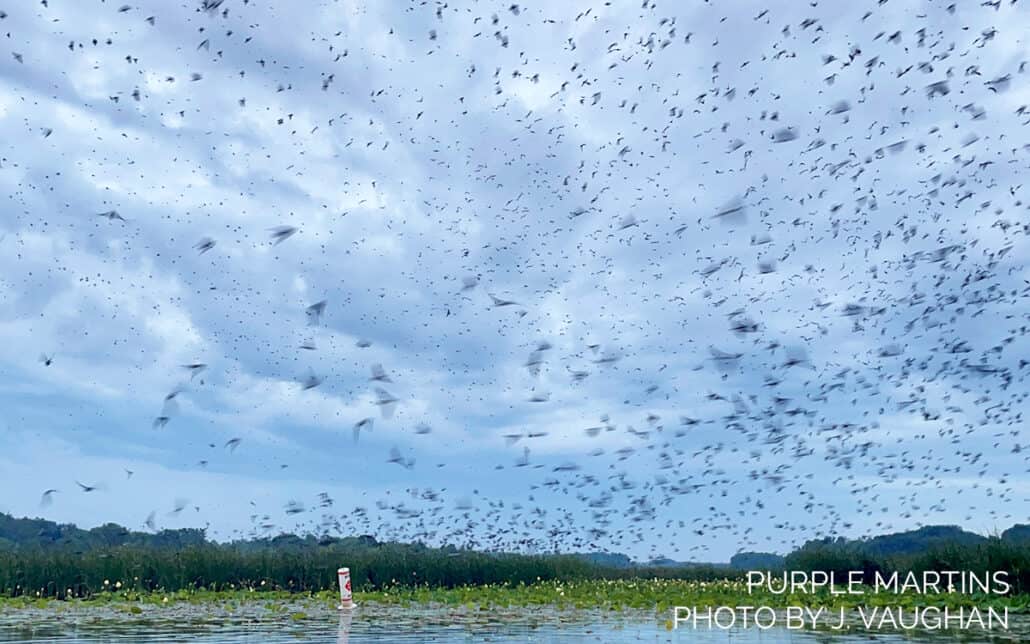
As a writer, editor, and all-around language lover, I am always delighted to come across new words—which happens a lot as I delve deeper into the birding world. Upon receiving a copy of Dr. Michael Kinsey’s Dreams of Zugunruhe, I was eager to jump in and find out what this big word in the title was, and how to pronounce it. I didn’t have to wonder for long, as it is explained on the very first page:
Zug-un-ru-he
A German compound word consisting of “Zug” (move, migration) and “Unruhe” (anxiety, restlessness)
Definition: Migratory restlessness; the urge to migrate
What an apt, exotic word for the mysterious instinct that prompts a bird to take on the most dangerous adventure of its life! And what a bird to feature in this book exploring that instinct—as Kinsey explains in his foreword, the Arctic tern travels farther than any other animal on the planet, some 44,000 miles each year, from its North Pole breeding grounds down to the South Pole and back.
As a mother of preschool and elementary-aged children, I was eager to share this story of the Arctic tern with them, and they were a rapt audience. It was a pleasure to read aloud the lyrical poetry of the rhyming text, and I took turns reading some stanzas with my seven- and ten-year-olds.
We were all taken in by the soothing, vibrant colors in the full-page illustrations by artist Ros Webb, which complement the words perfectly to convey both the activity and emotions of the tale. (My youngest kiddos, ages two and four, have enjoyed flipping through to “read” the pictures on their own—the art stands alone for pre-readers.)
The tale itself is a conversation between a mother Arctic tern and her young one, as she explains Zugunruhe and what is coming as summer begins to turn to fall. The little tern is understandably concerned about leaving its beloved mother and questions whether it is ready for such a dangerous journey. The mother validates her little one’s feelings while also assuring that terns are designed for the adventure ahead: “We’re all prepared by nature, Dear, / But I will help you face your fear.”
The metaphor of the tale of the Arctic tern and a human parent’s task of raising a child to release into the world is rich, and I was moved more than once as my heart absorbed the little tern’s fears and how brave both parent and child must be when anxiety and the restlessness to move calls. It gave me pause to consider the bigger picture of what parenthood is all about—which is ultimately readying your child to leave the home nest with the confidence and tools required for “what adventures you will find.”
Dr. Kinsey ends the book with an afterword that is a note to parents. As a clinical psychologist with expertise in parent-child attachment, he offers further food for thought about parenting and “the ultimate aim for human connection—freedom to explore and be ourselves.” In this way, Dreams of Zugunruhe moves beyond simply being a pleasurable book for both children and adults to enjoy, to a reminder of the importance and consequence of the deep bonds connecting parent and child.




